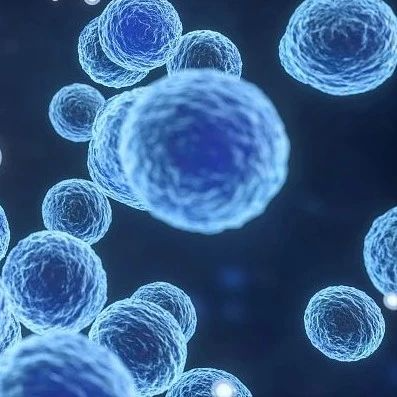一种新技术能持续性释放药物长达六个月,可用于需要常规注射的病症,包括糖尿病、特定类型的癌症以及潜伏的艾滋病毒/艾滋病。

水凝胶能持续释放药物六个月
水凝胶技术的介绍
英国剑桥大学的研究人员已开发出能够注射、改进和延伸的水凝胶,它可以组合蛋白质或其它疗法。从重量上看,水凝胶含有高达99.7%的水,其余成分主要包括纤维素聚合物以及充当微型“手铐”的桶装分子瓜环。
化学院Oren Scherman博士领导这项研究,他称:“水凝胶保护蛋白质以使其长期保持生物活性。更重要的是,所有组件都能被纳入到室温的条件,当处理遇到高温变形的蛋白质时,这是关键的一点。”
由Scherman、Xian Jun Loh 博士和在读博士生Eric Appel共同研发的水凝胶能持续性地释放其内蛋白质长达6个月,与目前最高的3个月相比有了提高。根据水凝胶成分比例,研究人员能够控制释放速率。
研究人员不仅加倍水凝胶内容物释放的时间,还使用与目前技术相比较少的非水物质。额外的成分充当一种聚合水凝胶的支架,但是它可能会影响水凝胶内容物的性能,因此,水凝胶含有越少的支架成分,性能越高效。
水凝胶技术的应用
随着药物治疗不再使用小分子药物而向蛋白质依赖的疗法发展,一些针对激素治疗、伤口愈合和胰岛素治疗的水凝胶将是最理想的。
例如,英国290万糖尿病患者其中1/4以上必须每天注射胰岛素以控制血糖水平。水凝胶内胰岛素有望将一年注射数从365次到降低到仅2次。
在资源紧缺或农村设施条件下,长期、持续的释放将是特别有用的,需要每天服药的病人不必经常访问医生。Appel 称:“大量的研究表明,那些需要每天吃药的病人,尤其是非洲没有症状的艾滋病患者,服用一粒后药效最长能持续6个月。如果仅一次注射让病人拥有6个月的药效,我们将有更大的机会去影响整个人口健康以及减缓或阻止疾病的进展。”
该小组目前与临床医学系脑修复中心的研究人员一道研究,这项技术如何用来治疗脑肿瘤。
这项研究最近发表在Biomaterials杂志上,Cambridge Enterprise(Cambridge大学商业化小组)已申请该技术的专利。

 Novel approach to fabricate porous sponges of poly(d,l-lactic-co-glycolic acid) without the use of organic solvents
Novel approach to fabricate porous sponges of poly(d,l-lactic-co-glycolic acid) without the use of organic solvents
David J. Mooney, Daniel F. Baldwin, Nam P. Suh, Joseph P. Vacanti, Robert Langer
A novel method was developed to produce highly porous sponges for potential use in tissue engineering, without the use of organic solvents. Highly porous sponges of biodegradable polymers are frequently utilized in tissue engineering both to transplant cells or growth factors, and to serve as a template for tissue regeneration. The processes utilized to fabricate sponges typically use organic solvents, but organic residues remaining in the sponges may be harmful to adherent cells, protein growth factors or nearby tissues. This report describes a technique to fabricate macroporous sponges from synthetic biodegradable polymers using high pressure carbon dioxide processing at room temperature. Solid discs of poly (d,l-lactic-co-glycolic acid) were saturated with CO2 by exposure to high pressure CO2 gas (5.5 MPa) for 72 h at room temperature. The solubility of the gas in the polymer was then rapidly decreased by reducing the CO2 gas pressure to atmospheric levels. This created a thermodynamic instability for the CO2 dissolved in the polymer discs, and resulted in the nucleation and growth of gas cells within the polymer matrix. Polymer sponges with large pores (approximately 100 μm) and porosities of up to 93% could be fabricated with this technique. The porosity of the sponges could be controlled by the preform production technique, and mixing crystalline and amorphous polymers. Fibre-reinforced foams could also be produced by placing polymer fibres within the polymer matrix before CO2 gas processing.







